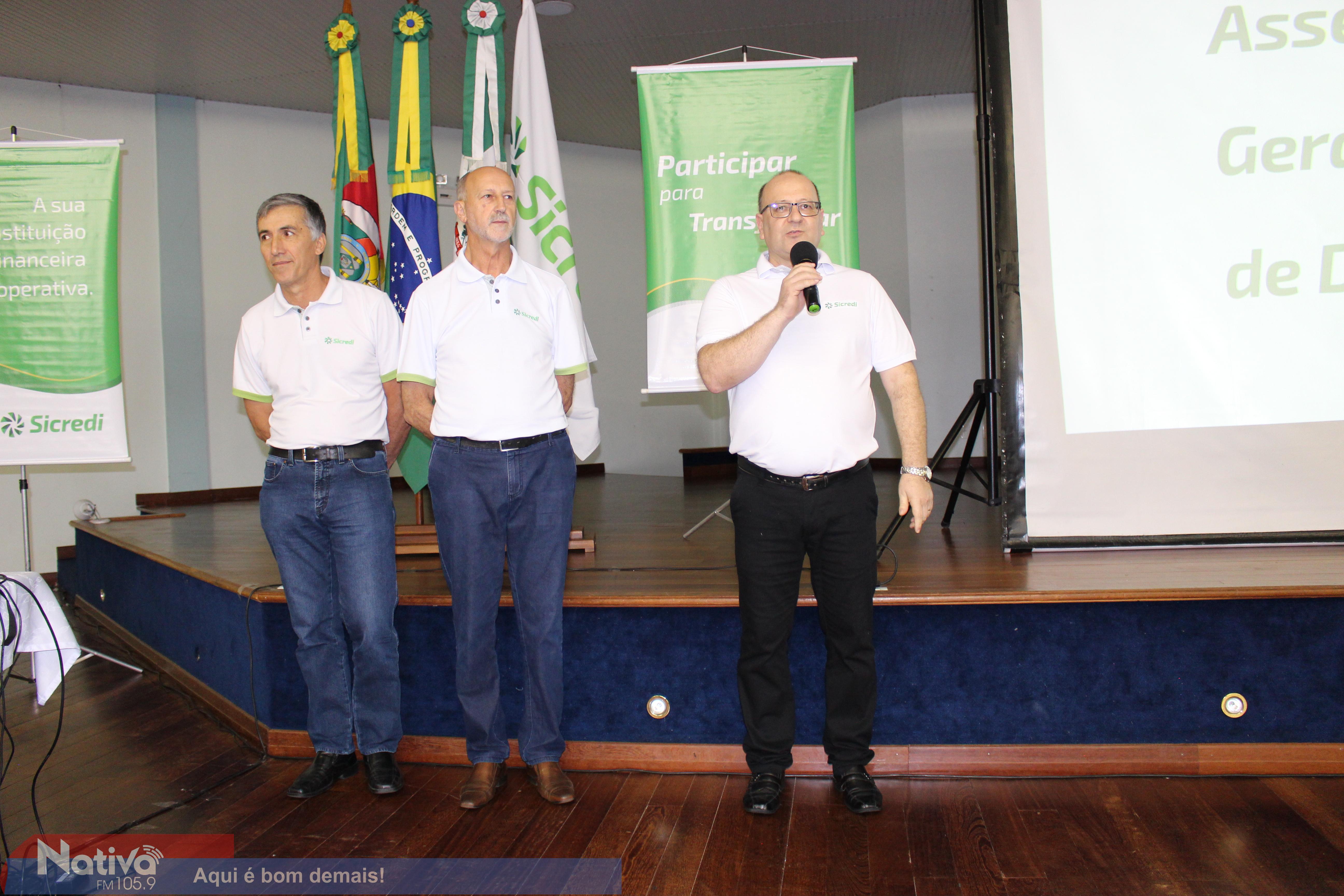


Estas nuevas trabajadoras se incorporan a todas las variantes que tiene el oficio, desde los clubs de alterne a la calle. ĭirectory of Open Access Journals (Sweden)įull Text Available Uno de los nichos laborales en los que más fácilmente encuentran empleo los inmigrantes extranjeros es en la prostitución, sobre todo las mujeres. | Se estudia en este artÃculo un fragmento de cuenco, probablemente milesio, que procede. But nothing can be said about it with certainty. It may be a dedication or offering made by a Greek for a local chief. C.— whose interpretation is particularly difficult. Along the outside lip runs an archaic Ionian inscription —middle of the 6th c. We analyse in this paper a bowl fragment, probably Milesian, which comes from the excavations of Calle del Puerto, in the Tartessian settlement of Huelva. Jesús Fernández Jurado Ricardo Olmos Romera (Author) 42 refs.Īn archaic ionian inscription in Huelva | Una inscripción jonia arcaica en Huelva between the last quarter of the 19th century and the first part of the 20th century. This work focuses upon the exploitation of this mineral as an iron ore mined from the site known as Mesa Pinos or Alto de la Mesa by the Rio Tinto Company Ltd. In Roman times this mineral was used as construction material as well as for architectural decoration and possibly as an ore for making mining tools. The rock in question is a conglomerate formed by the erosion of gossan and its subsequent deposition in areas at some distance from its origin. This paper deals with the mining of reworked gossan at Riotinto (Huelva, southwest Spain).

Riotinto Iron Mining (Huelva) Mineria de hierro en Riotinto (Huelva)ĭelgado Moninguez, A. Mineral ores began to emerge from the bowels of the earth in Huelva at the eager hands of the miners, especially copper, manganese and pyrites, which was transported by the railways to the Port of Huelva, from whence, thanks to the development of its infrastructure, they were subsequently exported, mainly to a Europe in the throes of its second industrial revolution. For its part, the Port of Huelva began its administrative development within a succession of norms by which other similar bodies were progressively created along the Spanish coasts, with the encouragement of the local middle-classes. The mining legislation concerning customs duties of 1868 also contributed to triggering mining fever. The setting up of the Committee of Works of the Port of Huelva coincided with the revitalization of mining in the province during the last third of the 19th century, stimulated by the injection of the foreign capital and technology. The port of Huelva and the resurgence of mining (1873-1930) El Puerto de Huelva y el resurgir de la mineria (1873-1930)Įnergy Technology Data Exchange (ETDEWEB)


 0 kommentar(er)
0 kommentar(er)
